Tourniquet Called Lifesaver After Boston Bombing
As people lay badly bleeding in the smoke of the Boston Marathon bombings, rescuers immediately turned to a millennia-old medical device to save their lives — the tourniquet.
MetroWest Daily News files Firefighter James Plourde carries an injured girl on April 15 after a bombing at the Boston Marathon.
Using belts, shirts and other materials, they tied off bleeding limbs in fast-acting bids to prevent major blood loss, shock and death. Such fast work no doubt saved many lives, doctors at Boston area hospitals said.
So it’s interesting to note that if this had happened a decade ago, many emergency responders might have avoided the tourniquet. As recently as the early 2000s, the tourniquet was still enmeshed in a long-standing controversy about whether they were more trouble than they were worth.
“Some people saw them as lifesaving, and others said they were the instrument of the devil,” said Dr. John F. Kragh Jr., an orthopedic surgeon with the U.S. Army’s Institute of Surgical Research in Texas.
Although tourniquets have been used to stem blood loss since at least the time of the Roman Empire, modern military surgeons had grown to doubt it. There were no good studies proving their benefit. And there was a common belief that some tourniquets could do more harm than good, cutting off blood and oxygen to limbs and resulting in amputations.
An injured woman is tended to at the finish line of the Boston Marathon after two bombs exploded in Boston. As people lay badly bleeding in the smoke of the Boston Marathon bombings, rescuers immediately turned to a millennia-old medical device to save their lives -- the tourniquet.
“There are a number of ways to mess it up,” said Kragh, who is a leading researcher on methods to control bleeding. Sometimes tourniquets were not tight enough, causing bleeding to actually get worse. Some were not wide enough.
In Vietnam, tourniquets were not often used because it was thought they led to many amputations, said Dr. Kevin Kirk, an Army lieutenant colonel who is chief orthopedic surgeon at San Antonio Military Medical Center.
That’s because tourniquets often were placed too high above the injury, leading to loss of tissue that otherwise might be saved, he said. Now they are used lower. “A lot of lives and limbs have been saved by the use of a tourniquet,” Kirk said.
The American Red Cross came to call tourniquets a last resort for stemming severe bleeding.
The dust settled only in the last decade, according to some experts, following publication of studies from the Iraq War by Kragh and others that showed tourniquets were clear-cut lifesavers. Those studies showed timely use of tourniquets could raise survival rates as high as 90 percent, and tourniquets are now routinely issued to soldiers.
However, some experts remain cautious. The Red Cross, for example, continues to worry that tourniquets may be used improperly or in situations when blood loss is not great enough to warrant their use.
“Clearly, if a leg is blown off, it’s OK to go straight to tourniquet,” said Dr. Richard Bradley, a member of the Red Cross’s scientific advisory council.
But the Red Cross continues to advise that direct pressure be applied to a wound in less extreme situations.
Tourniquets should be at least 11/2 inches wide, and pulled very tight, to properly shut off blood flow. Medical supply companies make tourniquets that do the job best.
Bradley also stressed that it’s important to use a real tourniquet if possible. News coverage of the Boston tragedy describes emergency responders using all sorts of things as makeshift tourniquets, including neck lanyards.
“Is a lanyard better than nothing? Probably,” Bradley said. But other kinds of care, and rapid transport to hospitals, may have been at least as important as tourniquets, he added.
Boston EMS began including tourniquets as standard equipment in recent years and they proved to be crucial on Monday, said Joseph Blansfield, Boston Medical Center’s trauma program manager.
“Without a doubt, tourniquets were a difference-maker and saved lives,” said Blansfield, who spent a year as chief nurse of a combat support hospital in Iraq. “Bleeding was able to be stanched and (patients) arrived in a better physiologic state and didn’t require as much resuscitation as they otherwise would.”
EMS workers did much of the tourniquet work at the scene, but some improvisation was done by people with far less medical training.
---
Original article can be found here
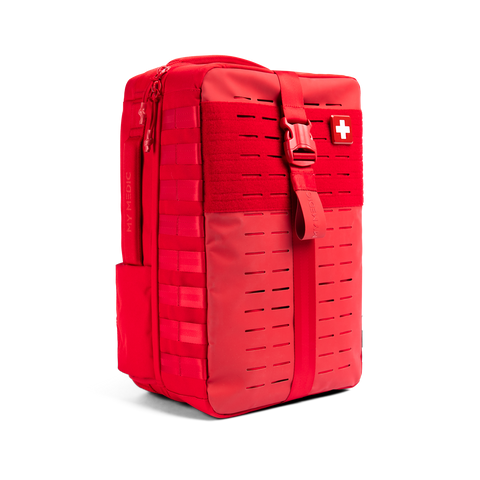 NEW ARRIVALS
NEW ARRIVALS
 BEST SELLERS
BEST SELLERS
 SUPERSKIN™
SUPERSKIN™
 COURSES
COURSES
 GIFT CARDS
GIFT CARDS
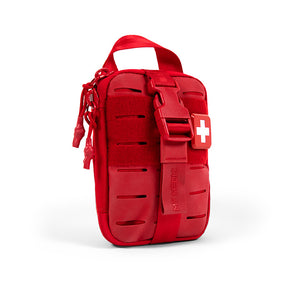 The MyFAK Collection
The MyFAK Collection
 Specialty
Specialty
 The Ready Collection
The Ready Collection
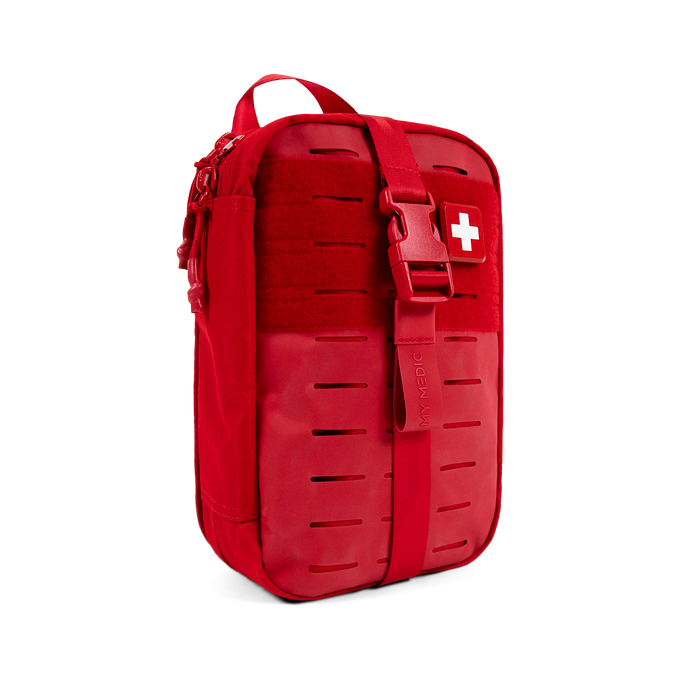
 BLEED
BLEED
 OUTDOOR
OUTDOOR
 TOOLS & DEVICES
TOOLS & DEVICES
 AIRWAY
AIRWAY

 BLEED
BLEED
 OUTDOOR
OUTDOOR
 BURN
BURN
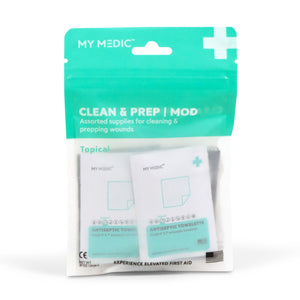 TOPICAL
TOPICAL
 MEDICATION
MEDICATION
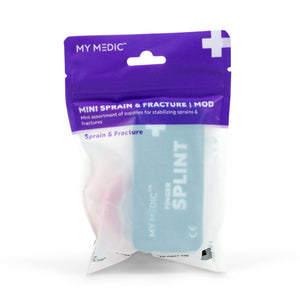 SPRAIN & FRACTURE
SPRAIN & FRACTURE
 HYDRATION
HYDRATION
 TOOLS & DEVICES
TOOLS & DEVICES
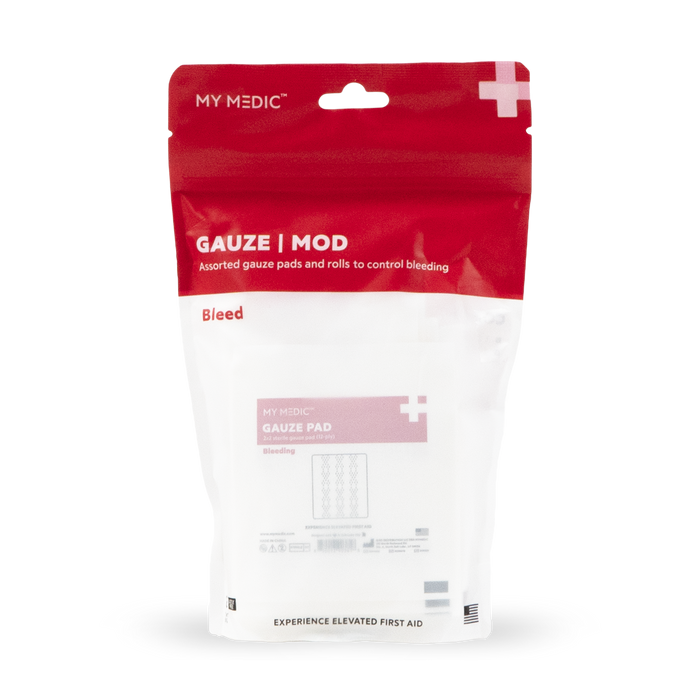
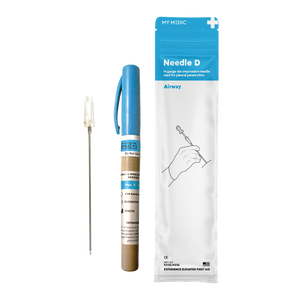 Supply Categories
Supply Categories
 Top Sellers
Top Sellers








Leave a comment